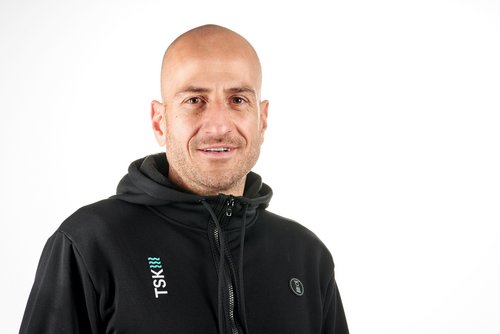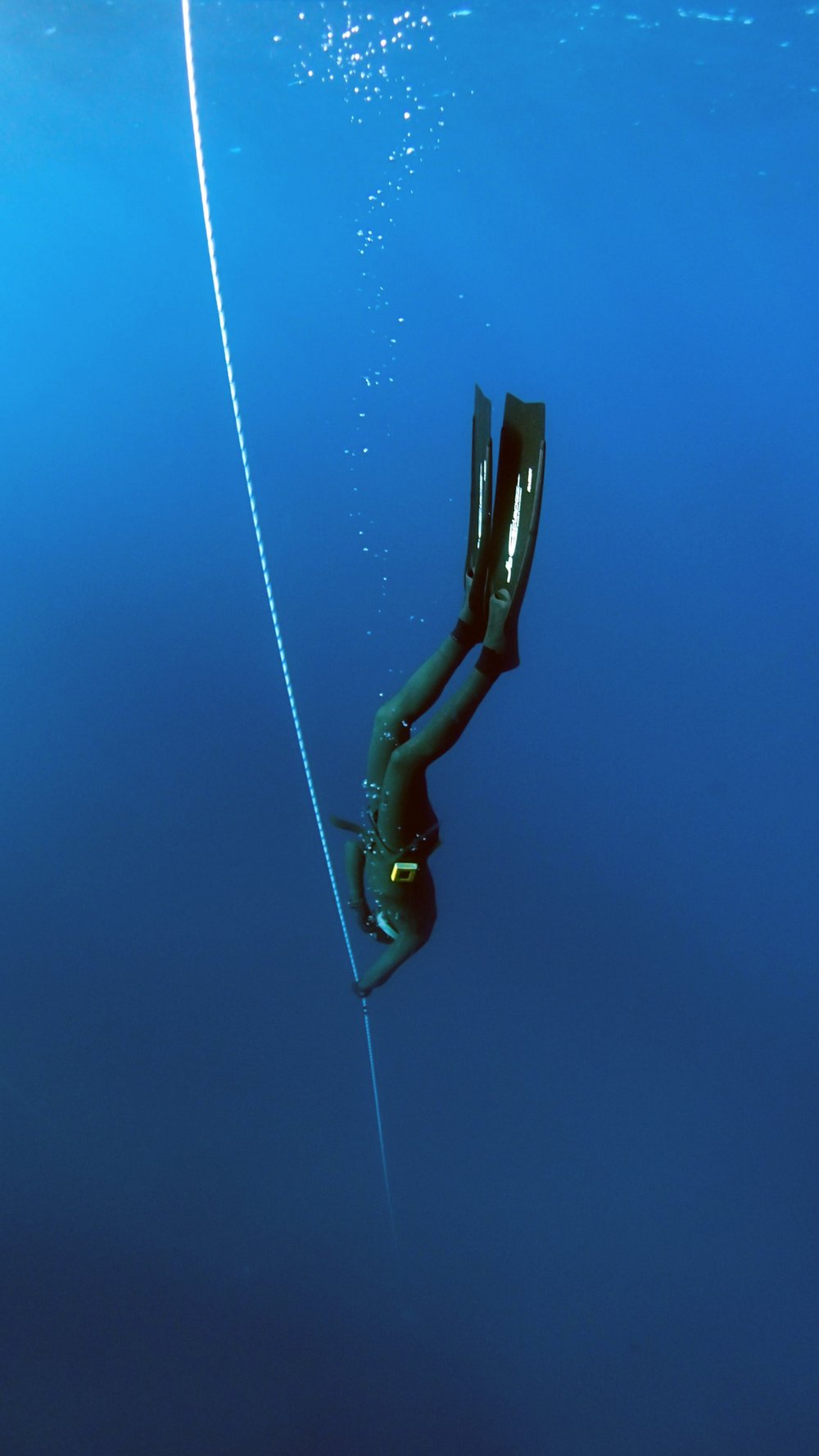Apnoea explained simply
Apnoea diving is becoming more and more popular, also under the name freediving. But what is this water sport all about? We have compiled everything you need to know about freediving for you below....
What does apnoea diving mean?
The word apnoea comes from the Greek term ápnoia, which means windless or breathless. Applied to freediving, this means diving without an oxygen tank or regulator. All that is needed are weights, swimming goggles or a diving mask, fins, air bags and lung capacity. In cold water, diving is also done with a wetsuit. The weights are used to reduce buoyancy, which is higher with a wetsuit. So when you dive with a wetsuit, you usually also need more weight to get you to depth.The great thing about this type of diving is the high freedom of movement. And of course you feel almost weightless, which is a great experience every time. To stay underwater for as long as possible requires not only practice, but also the right technique that produces the best possible lung performance.
Apnoea diving is a popular water sport, especially among divers and snorkellers who want to experience the ocean in a different way. Did you know that apnoea diving is actually a fairly natural sport? After all, people have been diving without breathing apparatus in the past, for example to catch fish or find pearls. Japanese shell divers still do it this way, by the way. Spearfishing is also common practice in some countries.
How do I freedive?
Freediving is about expanding the capacity of the lungs. This is because high pressure (among other things) reduces their volume. At a depth of 30 metres, 4 bars already press on the body, so that the lungs are only 25 % of their actual size. Apnoea divers work against this with special breathing exercises. Diaphragmatic, push and lateral lung breathing are part of the training. This keeps the diaphragm elastic, the apnoea diver can breathe in more air at the surface and it is easier to equalise pressure at depth. Even beginners can soon hold their breath for 3 minutes and dive a few metres deep with the right techniques. Under the guidance of an expert, this is also completely safe.
If you want to learn apnoea diving, the theoretical part about the physiological processes in the human body is part of it. If you know these, some difficulties do not arise in the first place and you can fully enjoy the underwater world and the ultimate feeling of freedom.
What are the disciplines of freediving?
IIn freediving, there are several disciplines that are practised as competitive sports. Others are mainly about discovering the beauty of the sea or another body of water. We have listed all the disciplines for you:
- Static: This discipline is about the time a diver can spend in the water, usually in a pool, with breath held. The diver moves little or not at all.
- Dynamic: This discipline also usually takes place in the pool. As much distance as possible is dived in one breath, regardless of depth. Dynamic freediving can be performed both with and without fins, and in competitions this is differentiated in the evaluation.
- No Limits: How deep can you sink? The name No Limits speaks for itself. With the help of weights, as a lead on the body or in the form of a sledge, you dive down and push the human body to its limits. Since accidents have already occurred, No Limits is no longer a competitive discipline.
- Constant Weight: As the name suggests, the weight remains the same. The weight used during the descent must also be brought back to the surface. Lines or fins are used as aids.
- Variable Weight: Off you go with the sledge into the depths. The ascent is then made with the help of fins or a line. It's important to stay under control at all times.
- Free Immersion: This discipline requires arm strength. As a diver, you pull yourself down and up on a rope in open water.
How can I learn to apnoea dive?
IBasically anyone can learn to dive without aids. You should not be claustrophobic and a good physical condition is also important. It is advantageous if you have already swum or snorkelled with fins. And then you can basically get started. In a beginner's course you will learn all the basics of freediving and do your first dives. Then, when you have tasted your first success, you can show off your skills in a Advanced course and also reach other depths. We wish you a good descent!


